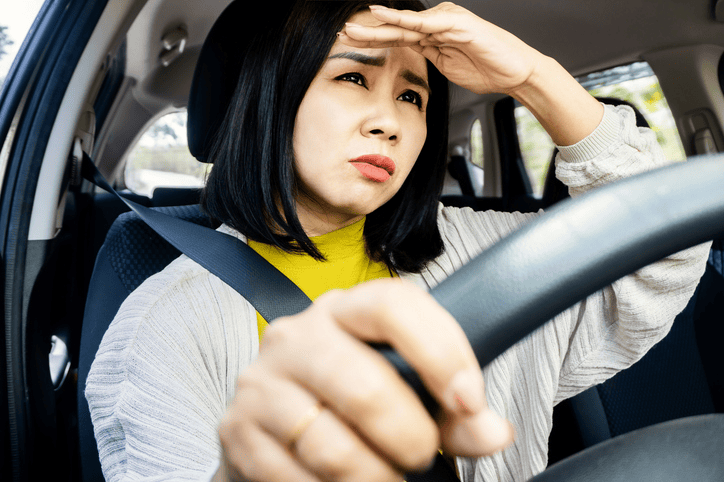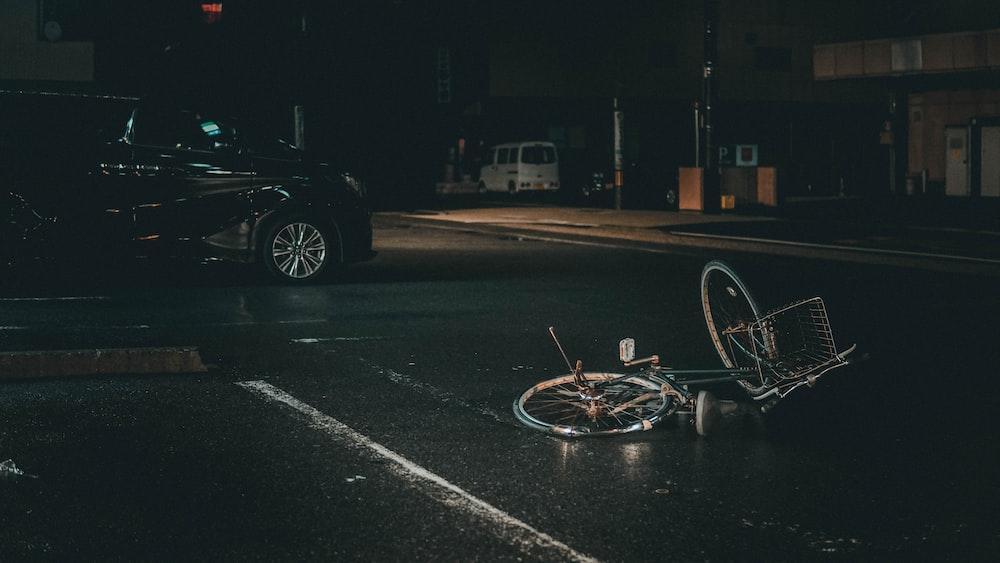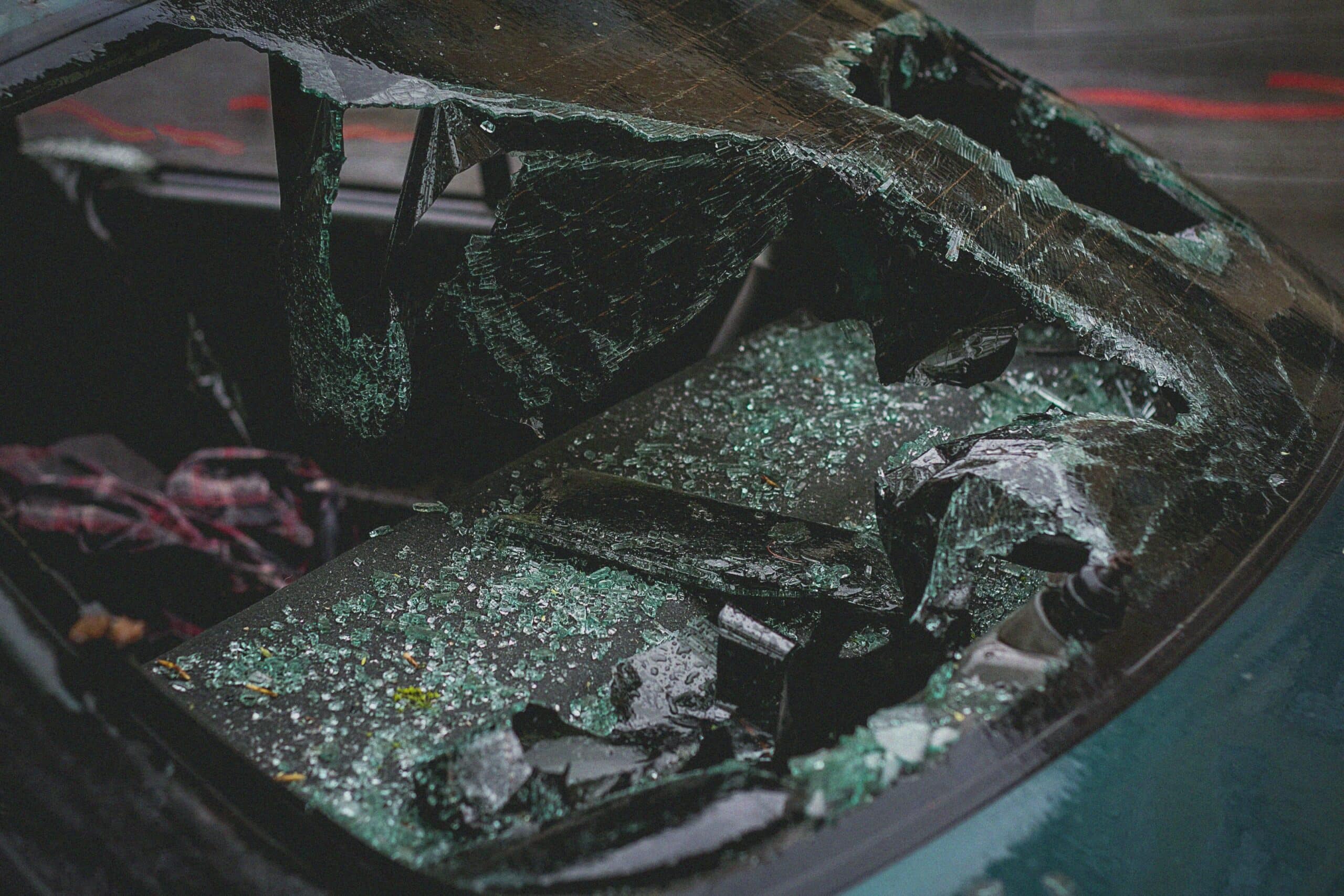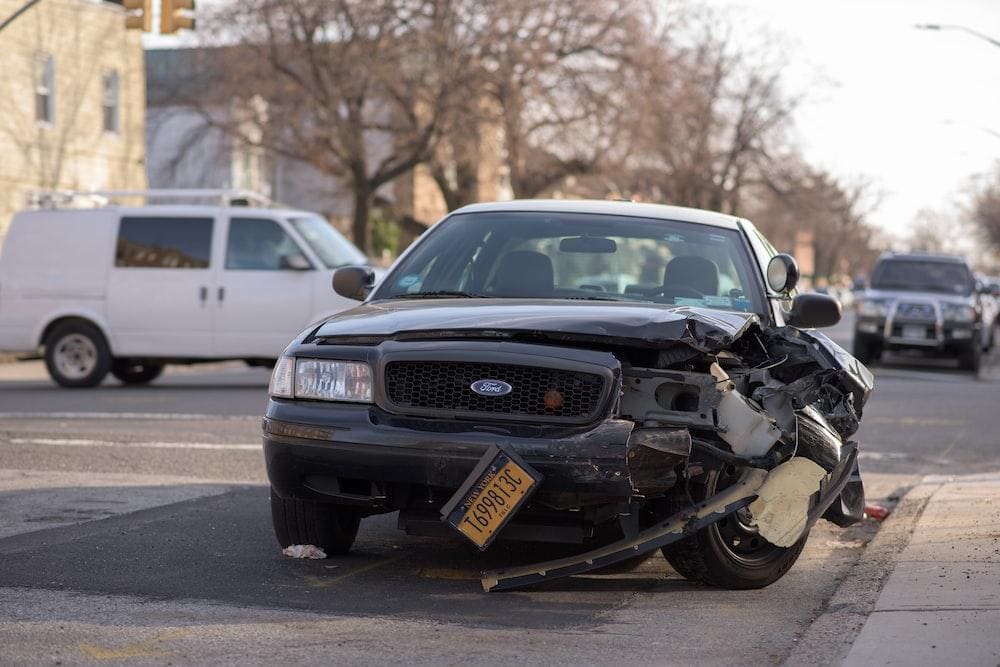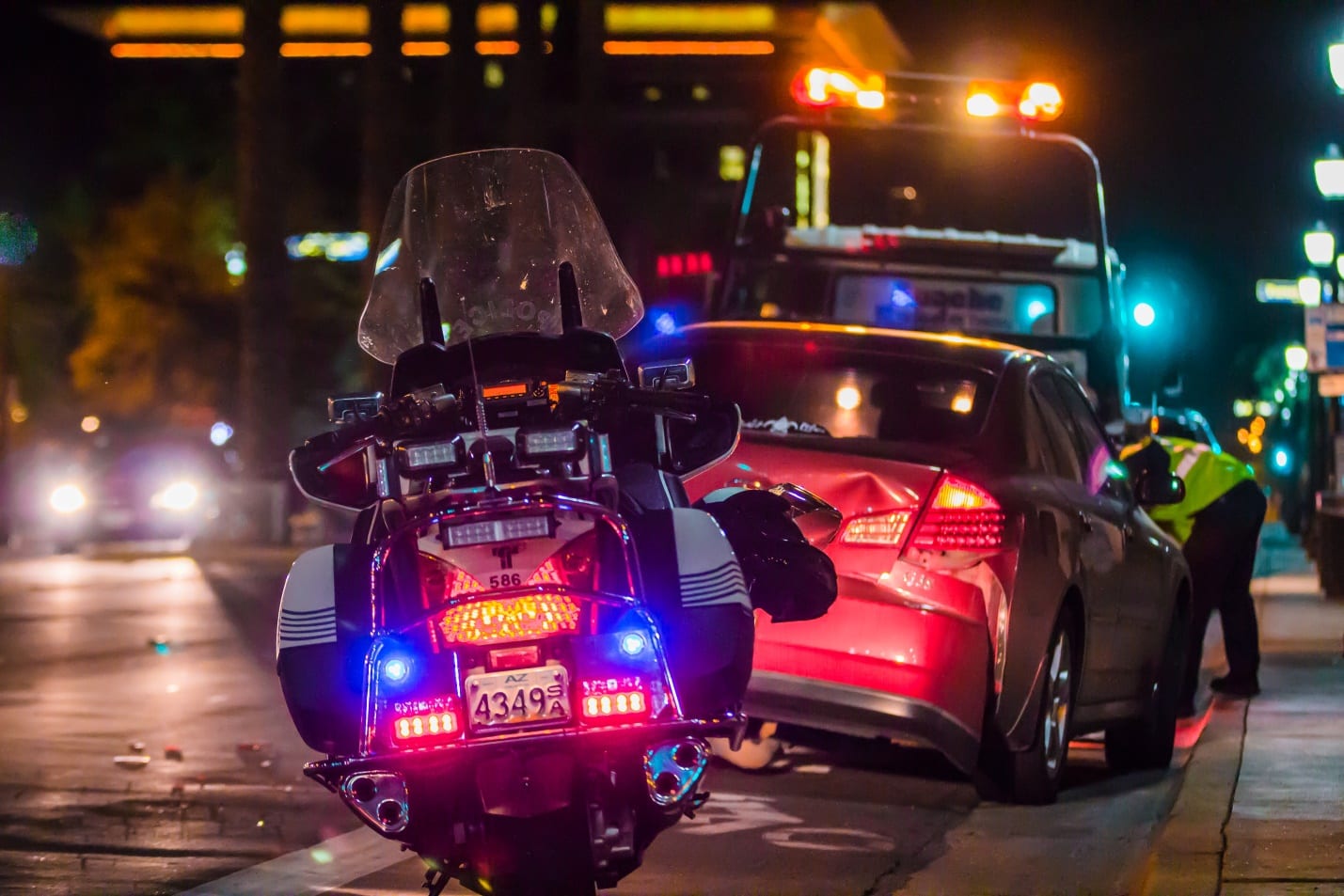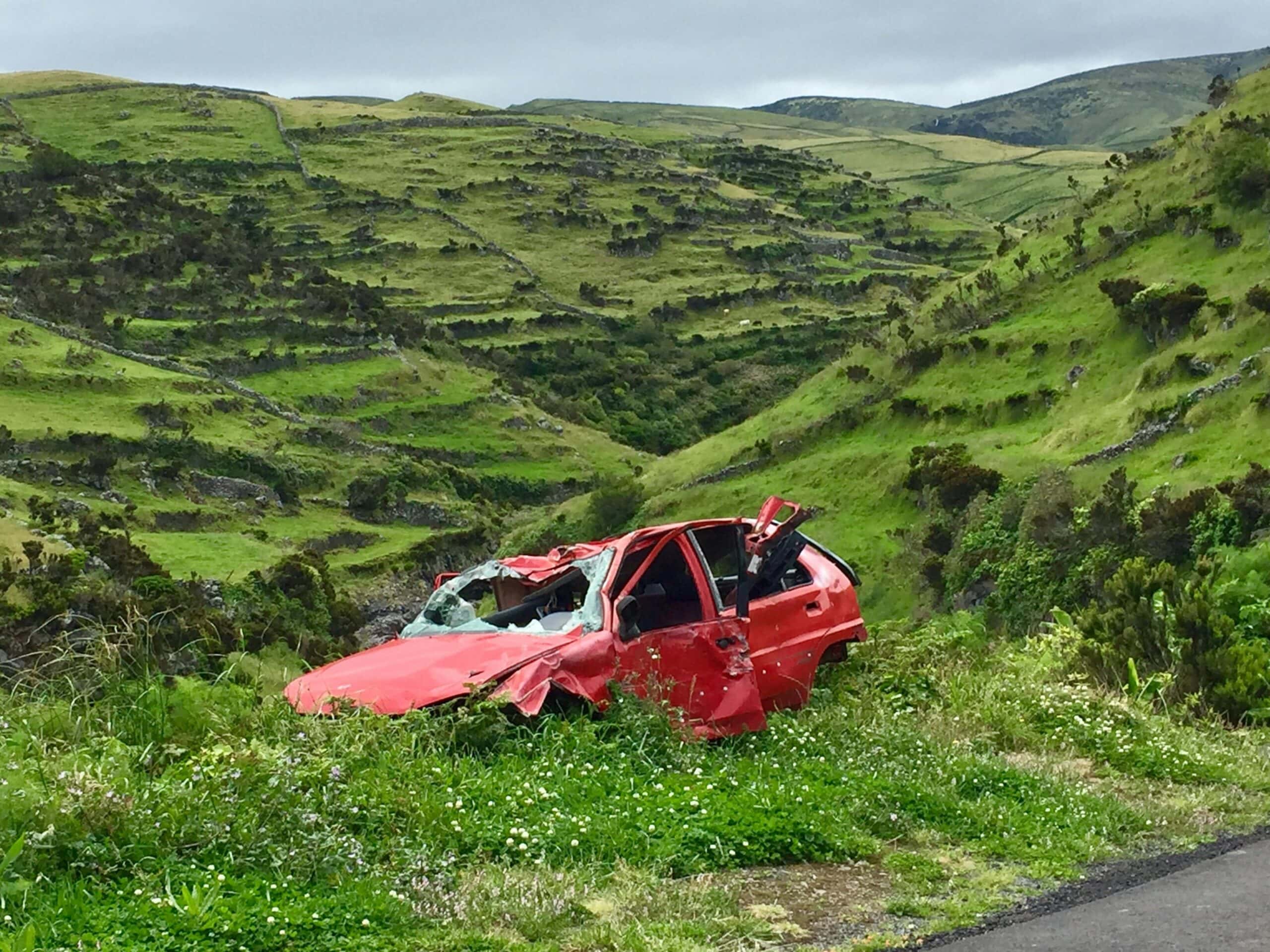
A vehicle accident happens in an instant, but its consequences can last for years. Whether it’s a sudden car crash, a motorcycle collision, a bicycle incident, or a truck accident, the aftermath can feel overwhelming. You may face physical pain, growing medical bills, and lost wages—while navigating emotional stress. In this confusion, many people overlook a crucial step: collecting evidence immediately. Yet, the quality of that evidence can significantly shape the outcome of your personal injury lawsuit.
Imagine this: a driver runs a stop sign and crashes into your vehicle. The scene erupts—adrenaline surges, traffic piles up, and people react in all directions. Your instinct might push you to focus solely on your injuries or call for help. But once critical evidence disappears from the accident scene, you can’t get it back. Those first few moments can make the difference between a fair settlement and a drawn-out legal battle.
Strong evidence doesn’t just help your case—it proves liability and supports your compensation claim. Insurance companies, attorneys, and courts all rely on well-documented records to assess who was at fault and how the accident affected your life. Skid marks fade, vehicle positions change, and witnesses’ memories quickly lose accuracy. If you wait too long, the chance to preserve this vital information slips away.
That’s why acting quickly matters. From visual evidence and witness accounts to police reports and medical documentation, every detail counts. Accident reconstruction experts and personal injury attorneys often depend on what’s gathered in those early hours to build a powerful legal case.
You deserve justice—not only to recover lost wages and pay medical bills but also to restore peace of mind. This guide breaks down the exact steps you need to take after an accident. You’ll learn how to gather physical evidence, secure contact information, document injuries and vehicle damage, and leverage expert support when needed. These actions create a solid legal foundation that strengthens your personal injury claim from the very start.
Immediate Evidence Collection at the Accident Scene: What to Document and Why It Matters
Collecting evidence immediately at the accident scene forms the backbone of a strong personal injury case. Key details can disappear within minutes—physical evidence gets moved, road conditions change, and witness statements lose accuracy. Swift action allows you to collect contact information from the parties involved, preserve critical evidence, and support your car accident claim effectively.
Why Immediate Action Matters
Acting quickly after a car accident allows you to gather:
Visual evidence such as skid marks, vehicle damage, and damaged traffic signs to help establish liability
Photographic and video evidence that provides irrefutable documentation of the accident site
Witness statements that reflect accurate, firsthand observations before memories fade
Insurance companies and accident reconstruction specialists rely on this early evidence collection to understand how the accident occurred and who bears responsibility. Without it, you may face delays or disputes in your personal injury claim.
Evidence You Must Capture
To build a strong personal injury case, make sure to:
Document all vehicles involved from multiple angles
Record all visible injuries sustained—photograph physical injuries and any signs that manifest symptoms immediately to ensure nothing is overlooked during medical evaluation or legal review.
Capture the location and condition of traffic signs, road markings, and signals
Take wide and close-up photos of the overall accident site, including lighting, weather, and road conditions
Gather video evidence if possible—from your phone, a dashcam, or nearby surveillance.
If your injuries sustained prevent you from capturing visual evidence, ask a trusted person to assist you. Collecting evidence at this stage can significantly impact your ability to pursue fair compensation for medical expenses, lost wages, and emotional distress.
Photographic and Video Evidence: Your Visual Allies
Photographic and video evidence play a critical role in building a strong personal injury case. They preserve the accident scene, capture visible injuries, and provide objective proof that supports your car accident claim. Visual records clearly show how the accident occurred, support your claim, and hold insurance companies accountable when they dispute your account. Capture detailed footage early to preserve all key evidence.
Accident reconstruction specialists, insurance adjusters, and your experienced personal injury attorney all rely on this type of documentation to prove fault and determine the extent of damages.
Capturing Effective Visual Documentation
To create clear, compelling, and legally useful visual evidence, make sure to:
Take wide and close-up photos of vehicle damage, debris, and the accident site
Document visible injuries regularly as they develop, especially if symptoms manifest immediately
Record video evidence from multiple angles to provide full context
Include surrounding traffic signs, signals, and identifiable landmarks
Use dashcam footage or request surveillance video from nearby businesses to support your timeline and version of events
Video documentation ranks among the most powerful forms of evidence in personal injury lawsuits. It directly connects your injuries and damages to the crash, strengthening your case for full compensation.
Police Report: Establishing Credibility and Liability
A police report provides objective documentation from a credible third party. It’s valuable evidence frequently used by insurance companies, attorneys, and courts.
Importance of the Police Report
Offers unbiased, official accounts.
Documents initial statements from all parties and witnesses.
Includes preliminary fault assessments.
Steps to Ensure Report Availability
Request the incident number from the responding officer immediately.
Secure a copy of the completed police report as soon as possible.
Nevada: Requirements for Police Reports After a Car Accident
Under Nevada law (NRS §484E.110), police officers investigating vehicle crashes must prepare and submit a detailed report. Officers must forward these reports to the Department of Public Safety within 10 days. Reports include crucial evidence like witness statements, vehicle damage, visible injuries encountered by parties involved, and conditions at the crash site.
Key Points Under Nevada Law:
Police must complete written or electronic reports for crashes involving injuries, fatalities, or property damage of $750 or more.
Officers gather comprehensive evidence by interviewing witnesses and documenting physical evidence immediately.
Reports become public records, not confidential.
Data collected goes into a statewide electronic repository to track vehicle accidents.
Reports must also be filed promptly with the Department of Motor Vehicles.
These detailed records help you navigate the legal process, clarify the actions of the parties involved, and support your claim by establishing liability through official documentation.
California: Legal Duties to Report Accidents Involving Injury or Death
Under California Vehicle Code §20008, drivers involved in an accident that results in injuries or death must report the incident within 24 hours. Timely reporting creates crucial documentation that supports your personal injury claim and protects your rights under California law.
Police reports become foundational elements in personal injury cases, especially when navigating the legal process, dealing with insurance companies, gathering evidence, and establishing liability for the physical injuries and vehicle damage sustained.
Key Requirements Under California Law:
Drivers must submit a written police report within 24 hours of the accident if law enforcement is not already present at the accident location.
- You must report the accident to the California Highway Patrol (CHP) or, if the accident occurred in a city, to either the CHP or the city’s police department.
If the agency receiving your report is not responsible for the investigation, it must forward your report to the appropriate law enforcement office immediately.
Drivers or owners of common carrier vehicles must submit a similar report to the CHP by the 10th of the following month.
Every police department must forward reports from the previous month to the CHP’s Sacramento office by the 5th of each month.
Filing this report helps document signs of trauma, supports your claim for medical bills and lost wages, and contributes to a strong personal injury case backed by comprehensive evidence.
Colorado: Mandatory Accident Reporting and Law Enforcement Duties
Under Colorado Revised Statutes § 42-4-1606, any driver involved in a traffic accident must report it immediately if the accident results in injuries, serious bodily harm, death, or property damage. The law ensures proper documentation related to the accident scene and requires law enforcement to act swiftly in recording the event. This police report becomes critical evidence in any personal injury lawsuit.
Key Duties Under Colorado Law:
Drivers must report accidents involving injuries sustained, fatalities, or any vehicle damage or property damage to the nearest police authority without delay.
If directed by law enforcement, drivers must return to and remain at the accident site until police complete their investigation and gather physical evidence.
Officers must submit an official police report within five days, including all documentation related to the vehicles involved, insurance information, and whether airbags deployed.
Officers are not required to file a report if damage is under $1,000 and there are no physical injuries, unless a party requests it or cannot show insurance proof.
The Department of Revenue may require detailed records or additional statements from drivers or witness testimony to clarify events.
Failure to comply is a class 2 misdemeanor traffic offense, which can result in fines and criminal charges.
Colorado law prioritizes evidence collection, making these reports essential for helping car accident victims pursue fair compensation in personal injury cases.
Collecting Witness Statements: Securing Impartial Accounts
Witness statements often provide unbiased insights into the events leading to an accident. Accurate, timely testimony can decisively strengthen your personal injury claim.
Gathering Reliable Witness Statements
Collect contact information immediately after the incident.
Ask witnesses to give detailed accounts while memories remain fresh.
Obtain written or recorded statements for enhanced credibility.
Witness Testimony: Legal Standards by State
Nevada:
Witness testimony in Nevada provides compelling evidence that helps establish liability. State law requires that witnesses be competent and have firsthand knowledge of the accident. Testimony that confirms vehicle behavior, visible injuries, or road conditions can significantly impact your personal injury lawsuit.
Legal Reference:
NRS 50.015: Witness competency
NRS 51.035: Hearsay rule and exceptions
Key Considerations in Nevada:
Collect witness statements at the accident site while memories are fresh.
Courts favor clear, unbiased statements that align with physical evidence and police reports.
Witnesses can testify to your behavior, the other driver’s actions, or the conditions leading up to the accident.
California:
Witnesses often make or break a car accident claim in California. Their statements help paint a real-time picture of what happened at the crash site. To be admissible, the testimony must come from a competent person who directly observed the events.
Legal Reference:
California Evidence Code §702: Requirement for personal knowledge
California Evidence Code §780: Factors to evaluate witness credibility
Key Considerations in California:
Testimony must be based on firsthand observation, not speculation.
Statements should support or clarify visual evidence and other documentation.
Witness testimony can also support claims of physical injuries, pain levels, and whether traffic laws were violated.
Colorado:
In Colorado, witness statements help courts determine what happened during an accident. Testimony must meet rules of competence and relevance, and it can help confirm the vehicles involved, the sequence of events, and whether a driver acted negligently.
Legal Reference:
CRE 602: Requirement for personal knowledge
CRE 803(1): Present sense impression (hearsay exception)
CRE 701–702: Opinion testimony by lay and expert witnesses
Key Considerations in Colorado:
Gathering witness statements promptly improves accuracy and admissibility.
Witnesses may testify to weather, traffic signals, driver behavior, and visible injuries observed after the crash.
Colorado courts weigh the credibility and consistency of all testimony.
Medical Records: Documenting Your Injuries Effectively
Medical records act as foundational evidence, confirming the injuries sustained, medical treatment required, and associated expenses directly tied to your accident. These records also help expose any medical malpractice that may worsen your condition or complicate your recovery.
Steps to Solidify Your Medical Evidence
Seek immediate medical attention, even if injuries seem minor. Some injuries manifest symptoms gradually.
Maintain detailed records of all visits, treatments, medications, and diagnoses.
Secure medical documents outlining your injuries, prognosis, and anticipated recovery duration.
Accurate records of medical bills and lost wages are crucial for ensuring fair compensation in your car accident claim.
Medical Evidence: State-by-State Legal Standards
Nevada: Medical Evidence and Legal Admissibility
Medical records play a vital role in personal injury lawsuits throughout Nevada. These documents prove the injuries sustained, medical treatment, and the medical expenses linked directly to the accident while also protecting your rights in the event of potential medical malpractice during your care.
Nevada law recognizes medical records as admissible under the business records exception, provided they are certified and properly introduced.
Legal Reference:
NRS 51.135: Business records exception
NRS 52.260: Certification for medical records in court
Key Considerations in Nevada:
Medical records must directly link to the accident that occurred and describe visible injuries sustained and ongoing medical needs.
Your provider should supply certified copies that outline diagnoses, treatment timelines, and cost breakdowns.
These records help establish liability, prove damages, and support your claim for medical bills and lost wages.
California: Legal Use of Medical Records in Personal Injury Cases
California courts consider medical evidence to be critical in proving injury claims. Medical records must follow proper legal procedures for authentication and relevance to be admissible. They demonstrate how physical injuries from the accident led to medical expenses, lost time from work, and ongoing care.
Legal Reference:
California Evidence Code §1271: Business records exception
California Evidence Code §1560–1561: Production and certification of medical records
Key Considerations in California:
Records must reflect detailed documentation related to your accident, including emergency treatment, diagnosis, and prognosis.
Medical providers must certify the records and comply with legal procedures when producing them in court.
Properly prepared medical evidence helps validate your entire personal injury claim.
Colorado:
In Colorado, medical records are admissible under the business records exception if they meet the requirements outlined in the Colorado Rules of Evidence. These records serve as valuable evidence when you need to show the full scope of medical attention received after the vehicle accident.
Legal Reference:
CRE 803(6): Hearsay exception for business records
C.R.S. §13-90-107: Physician-patient privilege (waiver required for use in court)
Key Considerations in Colorado:
Records must be relevant, authenticated, and certified by the custodian of records.
Only treatment directly related to the accident should be presented—irrelevant or unrelated history should be redacted.
Immediate medical attention documented in these records supports claims for physical injuries, medical bills, and lost wages.
Black Box Data: Critical Evidence from the Vehicles Involved
Modern vehicles contain onboard systems called Event Data Recorders (EDRs)—commonly referred to as black boxes. These devices store critical evidence that can support your car accident claim by documenting exactly how the accident occurred. When others dispute fault or downplay what happened, black box data provides clear, unbiased insights into the moments leading up to the crash.
Why Black Box Data Matters
Black box data helps your experienced car accident attorney:
Analyze the exact speed, acceleration, braking patterns, and steering angles of the vehicles involved
Confirm seatbelt usage and whether safety systems deployed
Reconstruct driver behavior in the seconds before the collision
Support expert opinions and align findings with witness statements, video evidence, and accident reconstruction reports
Establish liability with scientifically supported facts
Insurance companies and accident reconstruction experts often rely on this type of physical evidence because it offers precise, time-stamped data that strengthens your personal injury lawsuit.
Steps to Secure Black Box Information
To protect this valuable evidence, take the following actions immediately:
Contact your car accident lawyer or experienced personal injury attorney so they can issue a preservation of evidence notice before the data gets lost
Prevent repair or disposal of any vehicles involved until professionals extract the EDR data
Hire certified experts to download and document the data properly, ensuring it meets legal standards for admissibility
This proactive approach can significantly impact your case—supporting your claims of injuries sustained and helping you seek fair compensation for medical expenses, lost wages, and other damages. Black box data often becomes the crucial evidence that turns a contested case into a clear and compelling one.
Dashcam Footage: The Power of Continuous Visual Evidence
Dashcam footage captures real-time events, providing clear, continuous evidence. This footage often disproves inaccurate statements from insurance companies or opposing parties.
When you face a dispute over how the accident occurred, dashcam footage helps your car accident lawyer prove exactly what happened—down to the second.
How Dashcam Footage Helps Your Case
Records continuous, unbiased footage leading up to and during the car accident
Captures other drivers violating traffic signs, signals, or road laws
Shows road conditions, weather, vehicle movements, and surrounding vehicles involved
Supports your personal injury claim by backing up witness testimony, visual evidence, and your account
Courts and insurance adjusters view dashcam footage as objective and reliable. It often plays a key role in establishing liability and recovering fair compensation for medical expenses, vehicle damage, and lost wages.
Obtaining Dashcam Footage Efficiently
To preserve this valuable evidence, act quickly:
Save your footage immediately after the accident occurred
Ask nearby drivers or businesses for dashcam or surveillance footage that shows the accident site
Work with your experienced personal injury attorney to issue legal requests and ensure no footage is deleted or lost
Accident Reconstruction Reports: Recreating the Scene Expertly
Accident reconstruction specialists use advanced scientific methods to analyze the scene and recreate exactly how the car accident occurred. Their findings deliver comprehensive evidence that helps your experienced car accident attorney prove fault, counter false claims, and build a strong personal injury case—especially when the facts are unclear or disputed.
The Role of Accident Reconstruction Experts
These professionals play a key role in personal injury lawsuits by:
Analyzing physical evidence like vehicle damage, skid marks, road conditions, and debris
Reviewing photographic and video evidence to reconstruct the sequence of events
Providing detailed accounts that explain how and why the collision happened
Delivering credible, court-admissible testimony that supports your version of events
Their objective analysis often becomes the deciding factor in high-stakes car accident cases, especially when insurance companies or opposing attorneys try to shift blame.
Steps for Effective Accident Reconstruction
To get the most value from an expert analysis:
Collect all relevant physical evidence from the accident site as soon as possible
Share high-quality photographic evidence, video evidence, and any witness statements
Request a reconstruction report early in the process to strengthen your claim during negotiations with insurance adjusters
A thorough reconstruction can significantly impact your ability to establish liability, prove the extent of your injuries sustained, and secure the fair compensation you deserve.
Because dashcam video captures both visual evidence and detailed accounts of the event, it serves as crucial evidence in personal injury cases. Including it in your evidence-collection strategy strengthens your position and helps you pursue a fair settlement.
Cross-Examining Insurance Adjusters: Protecting Your Rights and Interests
Insurance adjusters may seem cooperative, but their primary role is to protect the insurance companies—not car accident victims. Insurance adjusters aim to reduce payouts, not deliver justice. Your attorney challenges their tactics, scrutinizes their documentation, and protects your right to fair compensation.
Why Cross-Examination Matters
Your attorney carefully challenges insurance adjusters to:
Expose misleading tactics or incomplete documentation related to the accident scene
Confront attempts to minimize your physical injuries, delay payment for medical bills, or question necessary medical treatment
Secure comprehensive evidence by testing the accuracy of their statements against your detailed records, medical evidence, and visual documentation
These challenges often reveal how adjusters use vague language, partial facts, or pressure tactics to weaken your personal injury claim. A skilled attorney stops these efforts early, preserving the integrity of your car accident case.
Effectively Navigating Adjuster Interactions
To protect your legal position:
Let your car accident lawyer handle all communications with the adjuster to avoid misstatements
Submit all photographic evidence, medical records, and documentation related to vehicle damage, lost wages, and injuries sustained as early as possible
Trust your attorney to identify gaps, inconsistencies, or bad-faith tactics used by the insurer
Strong legal representation ensures insurance adjusters treat your case seriously. By pushing back with compelling evidence and legal pressure, your attorney strengthens your claim and improves your chances of receiving fair compensation.
Refuting Fault Claims: Establishing Liability with Clear Evidence
Insurance companies and opposing parties often try to shift blame onto car accident victims, especially when the facts seem unclear or incomplete. What is the best way to protect yourself? Present comprehensive evidence that proves the other party caused the crash and that you acted responsibly.
Strategies for Refuting Fault Claims
Use objective, verifiable evidence to support your injury claim, including:
Photographic evidence showing the roadway where the crash occurred, vehicle damage, and positioning of all vehicles involved
Witness statements from impartial observers who confirm the sequence of events and help establish liability
Expert reports and professional opinions from accident reconstruction specialists that assign fault using science-backed methods
These pieces of evidence directly challenge false fault claims and prove that your version of events aligns with traffic laws and facts at the scene.
Importance of Documentation and Consistency
To prevent inaccurate fault assignment:
Keep detailed records from the beginning, including medical attention, police reports, visible injuries, and interactions with insurance adjusters
Have your experienced personal injury attorney review all communications to avoid inconsistencies
Use consistent, detailed language across all documents, claims, and statements
Thorough and accurate evidence collection not only supports your claim—it protects your legal rights and increases your chances of a fair settlement.
Understanding Statutes of Limitations in Nevada, California, and Colorado
Statutes of limitations establish strict deadlines for filing personal injury lawsuits. Missing these deadlines compromises your right to seek justice and obtain fair compensation.
Essential Deadlines for Filing Your Claim
Nevada (NRS §11.190): Personal injury claims must generally be filed within two years from the accident date.
California (CCP §335.1): A two-year deadline applies to filing personal injury claims, with specific exceptions for delayed injury discovery.
Colorado (CRS §13-80-101(1) (n)): Allows 3 years to file a personal injury claim from a car accident.
Why Prompt Legal Action Is Essential
Ensures crucial evidence remains accessible and uncompromised.
Enhances witness recollection accuracy.
Protects your legal rights, keeping your claim viable and enforceable.
Working with an Experienced Personal Injury Attorney: Your Advocate for Justice
Navigating the complex legal procedures of a personal injury lawsuit requires knowledgeable advocacy. An experienced car accident lawyer effectively manages all aspects, protecting your interests at every turn.
How an Attorney Strengthens Your Case
Identifies and preserves valuable evidence immediately after your accident.
Skillfully negotiates with insurance companies to secure a fair settlement.
Manages complex paperwork and deadlines, avoiding costly legal pitfalls.
Secure Your Rights and Obtain Fair Compensation
A vehicle accident can alter your life in an instant, but the steps you take immediately afterward define your recovery—both legally and emotionally. By gathering evidence immediately, organizing documentation, and working with an experienced personal injury attorney at Bourassa Law Group, you build a strong personal injury case rooted in facts.
From capturing visual evidence of the accident to securing witness testimony and maintaining detailed medical records, every action you take contributes to obtaining fair compensation and strengthening your claim. Don’t underestimate the power of black box data, dashcam footage, or expert testimony. Together, these elements establish liability and help you pursue fair compensation for medical expenses, lost wages, and emotional distress.
If you or a loved one has been involved in a vehicle accident, seeking timely legal guidance can make all the difference. The information provided in this article is for general informational purposes only and does not constitute legal advice for your particular case. For a case-specific assessment, contact us for a free consultation.
